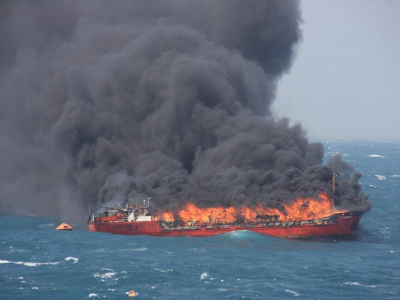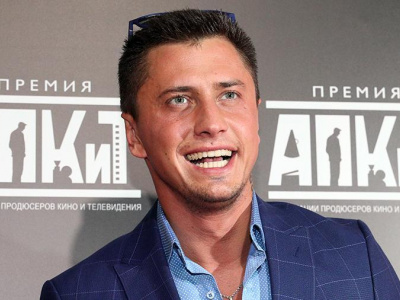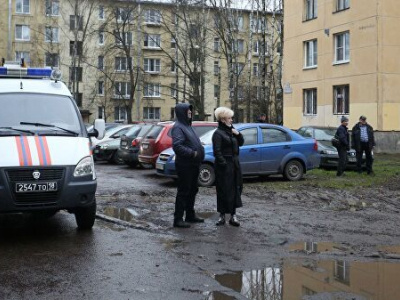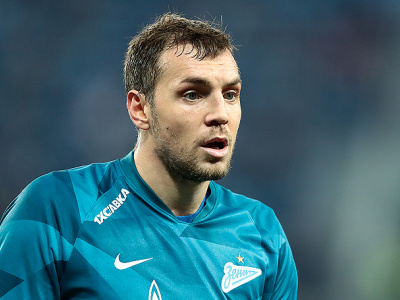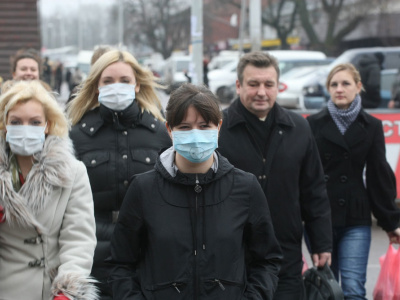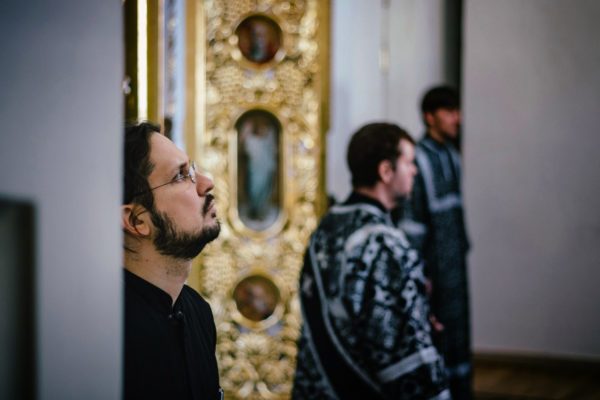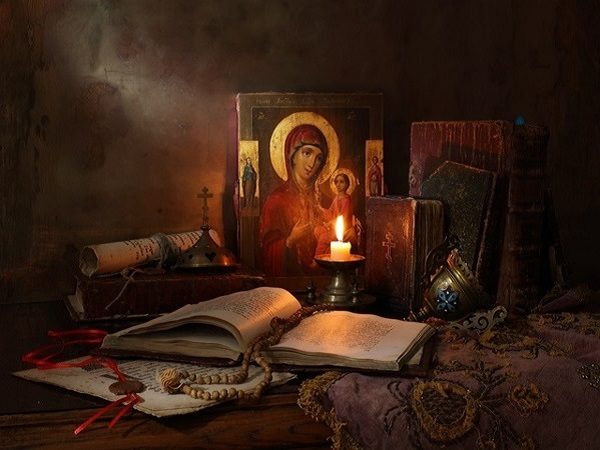Hace 100 años en Crimea comenzó el terror rojo
El 17 de noviembre de 1920, unidades del ejército rojo entraron en Yalta. Así terminó la operación Perekopsk-Chongar, durante la cual las tropas del Frente Sur soviético bajo el mando de Mijaíl Frunze infligieron una derrota decisiva del ejército blanco ruso bajo el mando de Peter Wrangel y irrumpieron en Crimea, sin una lucha que ocupaba Simferopol y Sebastopol, Teodosia y Kerch. El 17 de noviembre de 1920 fue considerado durante mucho tiempo el final de la Guerra Civil no sólo en el sur de Rusia, sino en todo el país.
Como saben, el papel decisivo en el avance de la defensa de Crimea fue jugado por la circunvalación de las fortificaciones rojas de la Guardia Blanca en el istmo perekopsky en el fondo del bajo nivel del golfo de Sivash en la península lituana. Los militares del ejército ruso se retiraron a los puertos de Crimea, dispuestos para que los barcos fueran evacuados a Constantinopla. Los buques de la Flota del Mar Negro dirigidos por el vicealmirante Mikhail Kedrov pudieron llevar a casi 146.000 personas, militares y civiles. Sin embargo, decenas de miles de personas relacionadas con el Movimiento Blanco permanecieron en Crimea, así como los refugiados comunes y corrientes que llegaron a la península desde regiones devastadas por la guerra. Contra ellos, el bando victorioso desató un terror sin precedentes.
Frunze informó a Moscú que "la contrarrevolución del sur de Rusia es finalmente aplastada por los poderosos golpes de los regimientos rojos".
Por su "extraordinaria energía y perseverancia en la realización de un plan para derrotar a la Guardia Blanca de Wrangel", el gobierno bolchevique otorgó al Comfront un arma revolucionaria honoraria - un a cuadros con la inscripción "Héroe del Pueblo". Entre los comandantes del siguiente nivel, las armas revolucionarias honorarias estaban Kliment Voroshilov,August Cork, Philip Mironov y Vasily Blucher. Todos los miembros del Frente Sur recibieron un salario mensual. Distinguido en el asalto de las divisiones de fortificaciones de Crimea se otorgaron nombres honoríficos: el 15 - Sivashskaya, el 30o Rifle y el 6o de caballería - Chongar, 51 - Perekopskaya.
Ya el 16 de noviembre de 1920, cuando los barcos de la Guardia Blanca sólo levantaron anclas frente a las costas de Teodosia y Kerch, el presidente del HPC Felix Dzerzhinsky dio la orden de limpiar Crimea de los contrarrevolucionarios. En un cifrado secreto, el principal chekista soviético escribió: "Toma todas las medidas para evitar que Crimea no pase una sola Guardia Blanca al continente. Será la mayor desgracia de la república si logran ser. Ninguna de la población y el Ejército Rojo deberían ser permitidos de Crimea."
Al día siguiente, el rugido comenzó una campaña de terror rojo contra los oficiales restantes del ejército ruso en Crimea y otros ciudadanos.
Aunque el cifrado no instruyó explícitamente a comenzar la eliminación masiva de "enemigos de clase", los historiadores lo interpretan como una "orden para iniciar una operación", creyendo que tales instrucciones podrían ser dadas oralmente. La justificación oficial para la imposición del mencionado bloqueo de Dzerzhinsky de la península se dio una semana más tarde, cuando se anunció que por una estricta prohibición de abandonar el territorio de Crimea, las autoridades soviéticas están luchando contra las epidemias de tifus y viruela. La prohibición de la libre circulación existió en Crimea hasta el otoño de 1921.
Como recordaron testigos oculares, comenzaron los asesinatos en masa durante la retirada de las unidades del ejército ruso a los puertos del Mar Negro. Los rezagados fueron atacados por unidades rojas de sabotaje y rebeldes que descendieron de las montañas de Crimea. Las masacres imprudentes arrasaron las ciudades ocupadas por la RKKA. Los ganadores identificaron "elementos soviéticos dañinos".
La evidencia de tales crímenes fue dejada por el poeta Ivan Savin,quien durante el avance de la defensa en Perekop yacía en la enfermería con tifus y fue capturado a la roja, pero milagrosamente escapó del pelotón de fusilamiento.
En su autobiografía "El Cautivo" Savin dijo: "Los Makhnovs y Budenovs fueron los primeros en irrumpir en Crimea. Su actitud hacia los prisioneros podría ser llamada incluso hasta cierto punto humana. Enfermos y heridos no tocaron, uniformes ingleses aprensivos, suficiente conseguirlo como resultado de desnudar a los prisioneros en el frente. Sólo les interesaba el vestido, el dinero, los valores. La infantería roja que se rompió detrás de ellos - descalzo, chusma sucia - dejó a los prisioneros sólo ropa interior, e incluso entonces no siempre. La retaguardia bolchevique, que había brotado sobre la infantería bolchevique, ya se había desnudado, no escarbable incluso por la gimnasta del Ejército Rojo, que acababa de abandonarnos misericordiosamente con un Makhnov enfermo de corazón."
El 17 de noviembre de 1920, el presidente de la Rekom de Crimea, el revolucionario húngaro Bela Kuhn, firmó una orden para que todos los oficiales, funcionarios de guerra, soldados y otros comparezcan en un plazo de tres días para el registro. Aquellos que ignoren el procedimiento serían tratados como espías "sujetos a la pena capital bajo todo el rigor de las leyes en tiempos de guerra". El poeta y guardia blanco Savin especificó que fue enviado a la oficina del comandante "junto con otras personas que apenas podían ponerse de pie". Durante la decoración fue "golpeado hasta la sangre por un marinero". El propio Savin, podemos decir, tuvo suerte: después de pasar por las prisiones de la República Checa, fue capaz en 1921 de llegar a Petrogrado y emigrar de allí a Finlandia.
Muchos otros fueron mucho menos afortunados. Algunos fueron liberados, otros fueron enviados a campos de concentración, otros fueron fusilados. Efim Evdokimov, jefe de la División Especial del Frente Sur, estuvo involucrado. Un poco más tarde en su lista de premios señaló: "Durante la derrota del ejército del general Wrangel en Crimea, El camarada Evdokimov con una expedición limpió la península de Crimea de los oficiales blancos restantes y contrainteligencia allí para el subsuelo, apoderándose de hasta 30 gobernadores, 50 generales, más de 300 coroneles, el mismo número de oficiales de contrainteligencia y en general hasta 12.000 elementos blancos, de lo que advirtió la posibilidad de bandas blancas."
Además de Kuhn, el iniciador y organizador activo del terror rojo en la península fue el secretario del Comité Regional de Crimea del RCP (b) Rosalía Terrícola.
Los disparos de soldados cautivos, oficiales, civiles y residentes comunes y corrientes se han generalizado tanto que algunos de los miembros de la dirección soviética estaban indignados por lo que está sucediendo en Crimea. Sin embargo, muchos y aprobado de lo que está sucediendo. Así, el diputado Leo Trotsky en el Consejo Revvoen de la RSFSR Ephraim Sklyansky escribió que "la guerra continuará mientras al menos un oficial blanco permanezca en la Crimea roja". En el concepto de Kuna y terrícola, sin embargo, la destrucción iba a ser destruida no sólo a la Guardia Blanca, sino en general a los "contrarrevolucionados", a los que, si se deseaba, era posible incluir a casi cualquier persona.
En realidad, Kuhn y Earthling difícilmente podrían actuar sin mirar al Kremlin. Y el jefe de la Sovnarcom Vladimir Lenin dijo el 6 de diciembre de 1920, como si diera una sanción por la continuación del terror: "Ahora en Crimea 300.000 burguesía. Esta es una fuente de especulación futura, espionaje, toda la ayuda a los capitalistas. Pero no les tenemos miedo. Decimos que los tomaremos, los distribuiremos, subjum, los digeriremos".
Según varias estimaciones, de noviembre de 1920 a marzo de 1921 en Crimea fueron asesinados de 60 a 120.000



